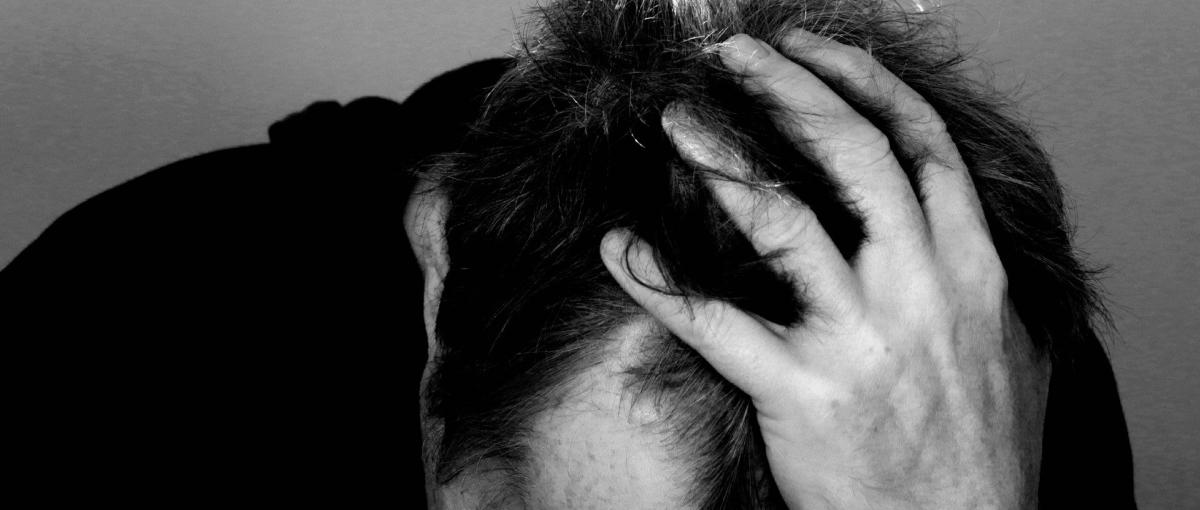Beating severe depression with electroconvulsive therapy (ECT)

July 13, 2016
By Esther Kim, Communications Advisor, Covenant Health
It was spring of 2000 when Terry Martin knew something was horribly wrong. He remembers sitting in his office when he started to cry.
“I really didn’t know why. I had a good cry and it was at that time a business friend dropped in and saw the kind of shape I was in. He told me to see a doctor right away,” Terry says.
Terry was referred to Dr. Michael Demas, a psychiatrist at the Grey Nuns Community Hospital. He had been suffering from bouts of severe depression. At 53 years of age, he was diagnosed with severe clinical depression in the fall of 2000. He was unable to work for the next 13 years.
“He had the worst kind of depression, and standard treatments didn’t work. We don’t always know the reasons for that,” Michael says.
When medication failed to ease Terry's symptoms, Michael opted for electroconvulsive therapy (ECT) treatments.
“During ECT, the electric current triggers a seizure in the brain. The charge delivered is very small,” Michael says. “According to the Journal of ECT, this current stimulates nerve cells across a wide range of brain territories and causes them to repeatedly signal in a synchronized fashion for about 30 seconds to one minute. The stimulated nerve cells release chemicals which, in turn, elicit other changes in brain functioning.”
ECT treatments are managed like outpatient procedures, and the patients are given general anesthesia.
Since ECT was introduced in the 1930s, the dose of electricity used in the procedure has decreased significantly. This has greatly reduced the side-effects, which include headaches, nausea and memory loss. Though treatment isn’t for everyone, Terry credits ECT for saving his life.
“I would have entertained suicide at some point if I didn’t have the consistent ECT treatments,” Terry says. “Before treatments I would have trouble focusing and I didn’t want to be around people. I was up two to three times a night, I had no energy and all I wanted to do was lie around and do nothing.”
His first treatment in the fall of 2000 was the start of a journey of more than 650 treatments over 14 years. Most people have ECT treatments over a period of three weeks and return to their lives, but because Terry’s illness was extremely resistant he required special maintenance.
“What would you rather do: be depressed for the rest of your life and live with no energy, or would you want to take a chance you might get a little better and do a treatment?" says Terry. "When you are ill, you have zero confidence. You basically don’t think you can do anything right again. [But I'm] to the point where I am now running my business.”
Terry admits that through the years, he’s lost a fair amount of his memory. “I forget stuff; I can remember the odd thing—things that happened long ago, childhood and teenage memories—better than I can remember things 15 years ago. It doesn’t bother me that I can’t remember things. Every time I want to remember something I just ask my wife,” he says.
In June 2014, Terry had his last ECT treatment and shortly thereafter was declared in remission. “Today I tell Dr. Demas that I am not in remission, I’m cured—that’s how I feel, and I’m never going back," he says.
With those dark days of depression behind him, Terry says it feels good being me again.